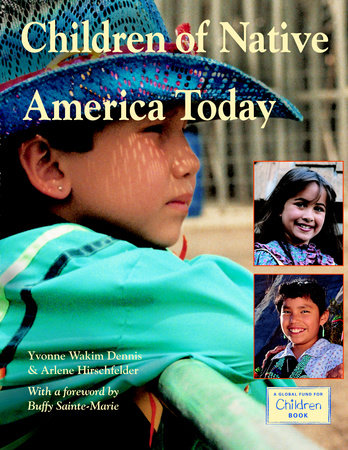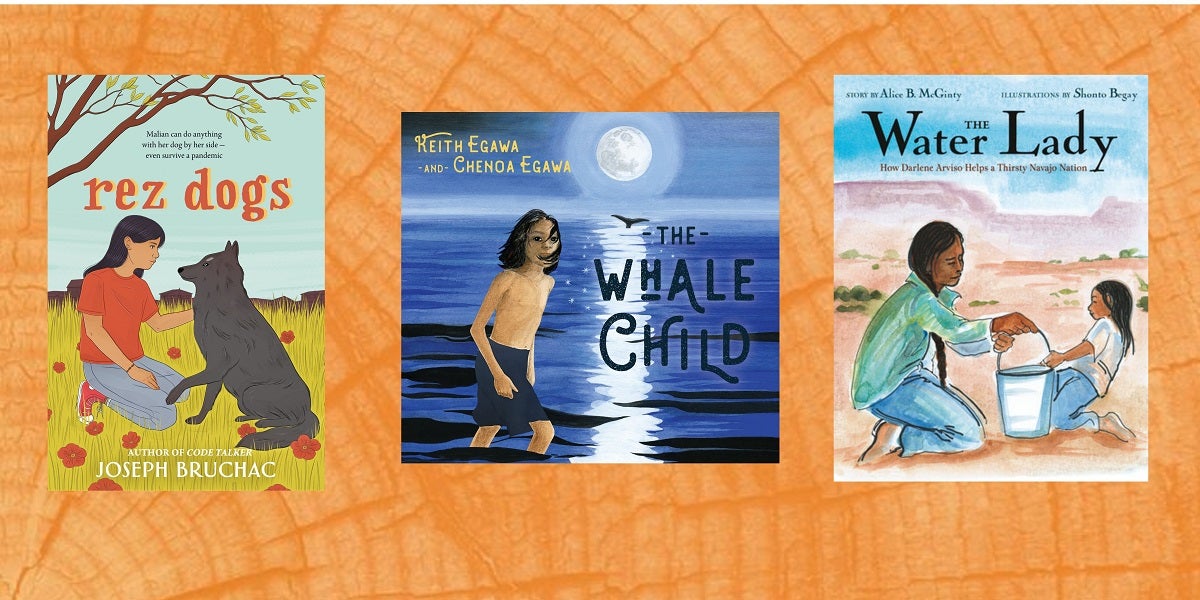Wabanaki Go almost as far east as you can and you will be in Wabanaki territory.
Wabanaki means “people of the dawn land.” The Wabanaki Confederacy includes the Penobscot, Passamaquoddy, Micmac, and Maliseet people of Maine, and the Abenaki of Vermont and other New England states. The United States and Canadian borders separate the original Wabanaki lands of dense forests and rivers.
Blue is the color of the Passamaquoddy tribe’s Northeastern Blueberry Company in Columbia Falls, Maine, during harvest time. It is the third largest blueberry farm in the world. You can get pretty blue picking berries! Besides the farm, the Passamaquoddy own radio stations, a cable program, and some small manufacturing plants.
Have you ever searched for a giant moose? The Passamaquoddy look for moose by airplane and on foot, to see how well the herd is doing. The Passamaquoddy communities of Pleasant Point and Indian Township are 50 miles apart. Although people usually drive from one community to the other, sometimes they go by canoe. You can learn a lot about the Passamaquoddy by visiting the Wapohnaki Museum in Sipayik, Maine.
The Penobscot reservation includes over 100 islands in the Penobscot River. Take a guided canoe trip to see moose and eagles, or visit the Penobscot museum to see famous birchbark art and baskets. In August everyone gets together for homecoming. The fun includes storytelling, talking circles, and a bike rodeo!
On Indian Island, Penobscot workers manufacture toys and audiocassettes. Micmacs make beautiful baskets available by mail order. Look for Maine potatoes in the grocery store – some are raised on the fertile Maliseet farms. The Abenaki in Franklin, Massachusetts, operate a food pantry for needy people.
Some Wabanaki schools have bilingual and bicultural programs, so children can learn their languages as part of their regular classes. During Motahkmiqewi Skulhawossol, National Indian Day, non-Indian children may be invited to the Indian Township school so they can learn about Wabanaki culture.
Wabanakis are reorganizing a confederacy to develop cooperation among tribal leaders and community members. Together they are working to stop factories from dumping waste into their rivers. Clean water is important for people, animals, plants, and the forests.
Images:
1. All dressed up in ribbon shirts for Recognition Day, Maliseet.
2. Playing games at the University of Vermont Powwow, Vermont Abenaki.
3. Orienteering class, Micmac/Maliseet summer camp
4. Watching participants at the Bar Harbor Native American Festival
More facts about Wabanakis Reservations/Communities: five reservations in Maine; communities in Massachusetts and Vermont; reserves in Canada
Total population: 10,039 (1990 census)
Some people to learn about: Joseph Bruchac [1942– ], Abenaki writer, storyteller; Mary Mitchell Gabriel [1908– ], Passamaquoddy basket maker; Martin Neptune [contemporary], Penobscot photographer
Neighbors: Micmacs and Maliseets of Canada
Copyright © 2014 by Yvonne Wakim Dennis (Author); Arlene Hirschfelder (Author). All rights reserved. No part of this excerpt may be reproduced or reprinted without permission in writing from the publisher.




